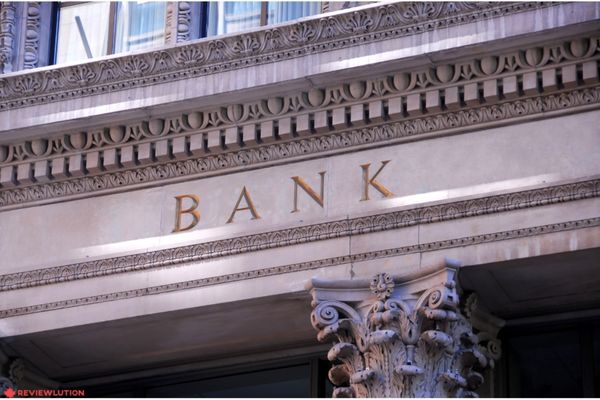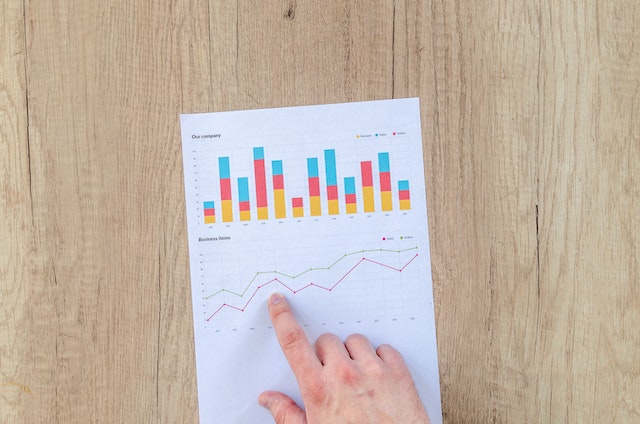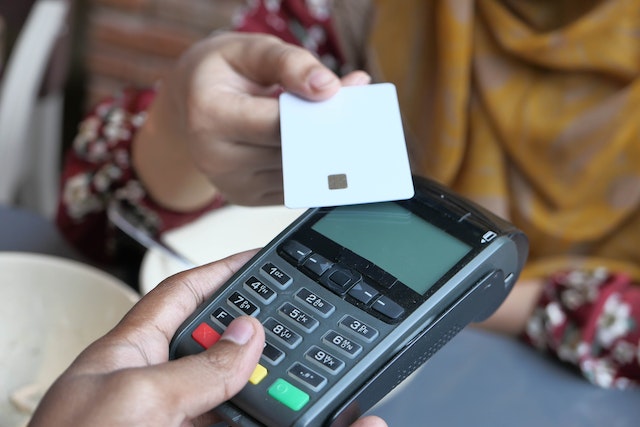How to Find Routing, Institution and Transit Numbers for Banks in Canada?
Don’t you think that knowing how to read numbers on a cheque should be considered an essential skill? How many times have you been asked about your bank’s routing, transit, or institution number and have been genuinely confused? Well, I’ve decided to put an end to your struggles and explain all there is to know about these elusive digits.
Excited? Let’s jump right in!
What Is a Routing Number?
Canadian banks, credit unions, and trust companies use a combination of numbers on cheques, wire transfers, or bank statements for processing electronic transactions and payments. A routing number is a set of eight or nine digits that identify financial institutions and individual bank branches.
In fact, this number is a combination of a five-digit transit number and a three-digit institution number. Both combinations are essential for the banking industry’s smooth operation, and with electronic banking becoming more and more prominent nowadays, direct deposits and electronic fund transfers (EFT) would be impossible without them.
For easy recognition, routing numbers in Canada usually have the following format: XXXXX-YYY, where X is the transit and Y is the institution. However, for EFTs, the cheque has a leading zero and a flipped order of the numbers: 0YYYXXXXX.
You may be interested: Best Canadian Banks to Invest in This Year
What is a Transit Number?
As I mentioned previously, the transit number (along with the institution number) is part of the routing number. It’s a five-digit code that identifies the bank branch, credit union, or trust where you opened your account and where you draw your cheque. Accordingly, this number is also called a branch transit number.
Sometimes, the transit number is only four digits long. In that case, you need to add a 0 in front of the number because forms usually ask for five digits. So, if your branch’s transit number is 1234, you’ll write it as 01234.
Moreover, you can find the transit number at the bottom of a cheque or statement, but if you don’t have either of these, there are multiple other ways to help you find it. I’ll discuss these in more detail below.
What is an Institution Number?
The financial institution number is a unique three-digit number assigned to each bank or credit union. It’s used to identify the particular financial institution and facilitate cheque processing and electronic transactions. Therefore, the institution number is essential for avoiding delayed transfers and payment cancellations.
Similar to the transit number, the institution code is located at the bottom of a cheque or bank statement as part of the routing number. If you don’t have these, keep reading to find out alternative ways of discovering your institution number.
You may be interested: How to Transfer Money Between Banks?
How to Find My Bank’s Routing Number?
To help you in your endeavour to discover your bank’s routing number, I’ll show you where to find the codes for some of the most popular financial institutions in Canada and I’ll also note their institution numbers.
| Financial Institution | Institution Number |
| Bank of Montreal (BMO) | 001 |
| Bank of Nova Scotia (Scotiabank) | 002 |
| Royal Bank of Canada (RBC) | 003 |
| Toronto-Dominion Bank (TD Canada Trust) | 004 |
| Bank of Canada | 006 |
| Canada Imperial Bank of Commerce (CIBC) | 010 |
For a more comprehensive insight into each branch, check out this extensive list by Payments Canada.
How to Find My Transit Number?
Now, I’ll go over all the ways in which you can find your branch’s transit number. Some might be easier than others, but remember that you always have options to acquire your needed information.
-
Cheque
Firstly, the most common place to find your transit number is at the bottom left corner of personal cheques. Aside from the transit code, you can also find the financial institution number, your bank account number, and your cheque number. You can find out more on how to read a cheque here.
-
Bank Statements
If you don’t have a cheque, you can also find the number on all your bank statements. Usually, the code is not hard to locate, as it should be close to your account number.
-
Bank Website
With the rise of electronic banking, you can find everything you need on your bank’s website or app. All you need to do is log in to your account. For example, you can find RBC’s institution number, transit number, and your seven-digit account number under the “Bank Accounts” tab. Simple stuff!
You may be interested: How to Switch Banks?
-
Deposit Slips
Alternatively, you can also see your transit number on the Direct Deposit forms you’ve received from your employer or bank. Plus, you can print off a void cheque from your online account with all the necessary information.
-
Phone or In-Person Contact
Last but not least, you can always call your financial institution’s customer service or visit your local branch and ask the employees to tell you the cheque numbers.
Transit Numbers by Bank
Before wrapping up, I’ll inform you how you can access your bank’s transit numbers without sifting through the thousand entries in the list above.
BMO
To find your BMO transit number, you’ll need to log in to your BMO online banking account and click on the “My Accounts” tab. Then, you’ll need to select the account for which you need the number and it’ll show up in a blue box at the top of the screen.
Additionally, you can use BMO’s branch locator and filter by city, province, postal code, or intersection.
RBC
The Royal Bank of Canada has arguably the easiest route to discovering your transit codes. All you need to do is log into your RBC account. There, you’ll see your account numbers along with the other cheque numbers.
Just like with BMO, you can also make use of the RBC branch locator and filter the list according to several options.
CIBC
Undeniably, you’ll notice a common theme here. So, to find out your CIBC transit number, you can sign in to CIBC Online Banking and click the “My Accounts” tab. Then, look for the number denoting your deposit which has the familiar format I mentioned previously.
Or, you can find the codes through the CIBC branch locator. For your convenience, you can also find locations near you, or filter by address, city, province, postal code, or transit number.
Scotiabank
From the table, you can see that Scotiabank’s institution number is 002. However, this code is the easiest one to remember. To find the other numbers, you need to log into your Scotiabank account, click on “Accounts”, and select your chequing account. Then, click the “Show account number and details” button. Now, you can see the transit, institution, and account number.
Alternatively, you can visit the Scotia branch locator page for a trouble-free searching experience.
TD
Last but not least, let’s check what the Toronto Dominion Bank has to offer. To find TD’s institution number and your branch’s transit number, log in to EasyWeb and select your chosen account. Then, click the “Direct deposit form (PDF)” link located on the right side. If the transit code is four digits long, add a leading zero before it.
Of course, you can also take advantage of the TD branch locator and save yourself some valuable time.
Conclusion
Well, this is the end of my exhaustive guide! I hope this information was helpful in explaining the mysterious cheque numbers in Canada and why they’re used. Now go and impress your bank tellers with this newfound knowledge!
FAQ
A transit number is a five-digit code that’s used to identify a bank branch of a financial institution in Canada. It’s part of a larger routing number.
In Canada, the transit number on a cheque has five digits.
If you don’t have a cheque, you can get your transit number from a pre-filled Direct Deposit form, bank statements, your bank’s website, or call/visit your branch directly.
Yes, the Scotiabank transit number and branch ID are the same, but with different names. As we’ve mentioned, the cheque transit number identifies the branch in which you have a bank account, which is synonymous with a branch ID.
Cheque numbers follow a pattern. The first three digits are the cheque code, the following five are the transit numbers, followed by the three-digit institution number. Lastly, the seven or eleven-digit code is your account and designation number.












